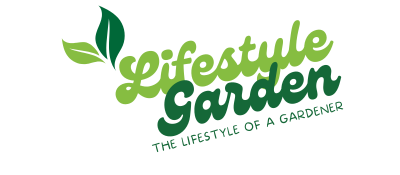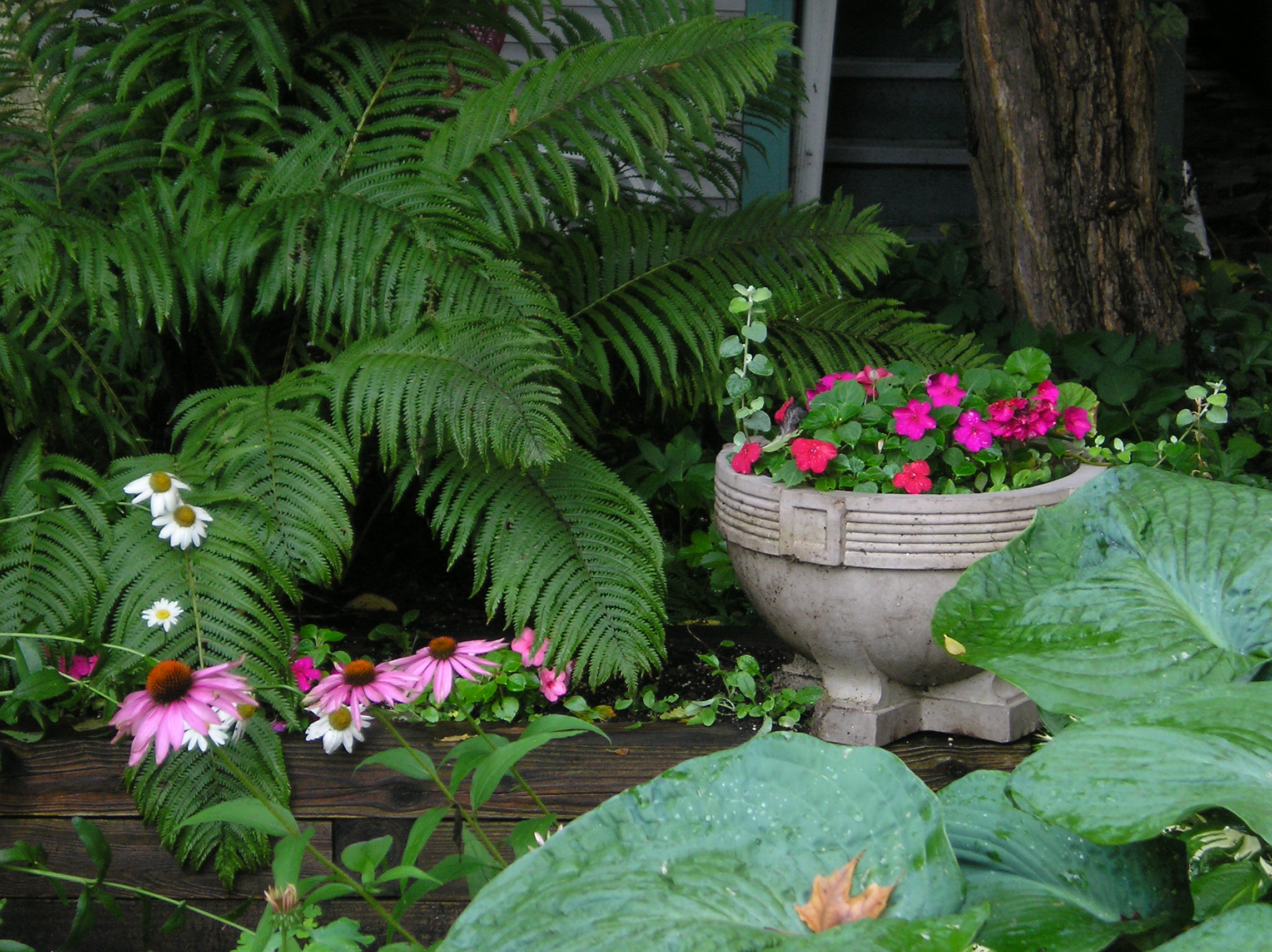Whether you have a shady garden or not, there are some great plants that will thrive in this type of area. Some of these include Heucheras, Caladiums, and Hostas. These are all great choices because of their versatility.
Hostas
Whether you have a small garden or a large yard, hostas are perfect for shade. They are a popular plant because they offer foliage, and they thrive in shady areas. They can be planted in many different sizes, and they look great when planted in groups of three.
One of the most commonly seen hostas is Blue Mouse Ears. It features rounded grey-blue leaves with a thick texture. It grows six inches high and adds lavender to your shade garden. The bell-shaped flowers stand over the foliage in summer and make a beautiful accent plant for containers. It requires spring fertilizer.
Another popular hosta is Sun Power. It features clusters of pale purple flowers, and its best colour development takes place in the morning sun.
Astilbe
Known for its spectacular flower displays, Astilbe is one of the best garden plants for shaded areas. These colourful perennials are native to Asia, China, Korea and Japan. Astilbes are hardy in zones 3 through 8. They can be planted in beds, in drifts or in containers. They are surprisingly resistant to pests and diseases. They are also good for attracting butterflies and hummingbirds.
Although they can tolerate moist and semi-dry soils, astilbes do not grow well in wet or clayey soils. They need better drainage. You can improve poorly drained soils by adding organic matter. Adding compost to the soil will help keep the moisture and nutrients in the plant.
Caladiums
Whether you live in a shady area or just want to add some colour to the garden, Caladiums are the perfect garden plants for your home. They are tropical plants that are native to South America. They can be found in a variety of colours, from bright white to red.
The foliage of a caladium is usually heart-shaped, and it can have various colours on the leaves. They are considered a member of the elephant ear family and are generally grown for their attractive foliage. Originally from tropical regions, they do best in areas with warm, humid air. They are also able to survive in a colder climates.
Bleeding heart
Besides being attractive during the growing season, Bleeding Heart is one of the best garden plants for shade areas. It is a native plant of woodlands and can be grown in a variety of situations. It is also very easy to care for.
To keep your Bleeding Heart healthy, you should plant in well-drained soil that is rich in organic matter. This will improve the health of your soil and make it easier for the plant to absorb nutrients. In addition, a mulch can help hold in moisture. You can also add dead leaves or compost to the soil.
In a warm climate, the time of day will also play a role. You want your Bleeding Heart to receive light to moderate shade during the summer.
Ferns
Adding ferns to a shady area is a great way to add colour and texture to a garden. These plants have attractive foliage and are easy to grow. They also work well as background plants for other plants in a shaded area.
There are many varieties of ferns to choose from. Some are semi-evergreen, while others are evergreen. Typically, ferns prefer a moist, shady spot, but some are happy with more sun.
The Japanese Painted Fern is a favourite. It has beautiful foliage that pairs well with heucheras, hostas, and bold purples. Its silvery-green stems and purple-tipped fronds make it an attractive addition to a shade garden.
Heucheras
Heucheras are one of the best garden plants for shady areas. They are easy to grow and have a long season of colour. They have been bred for over fifteen years, and plant breeders have developed hundreds of new varieties. These plants are perfect for containers and can add energy and beauty to shady garden spots.
Heucheras prefer well-drained soil. They can be planted from May to September. They can be planted in either full sun or shade. They should be planted in loam-based compost.
Heucheras have large, heart-shaped leaves. They are sometimes variegated and will have two-toned foliage. Some cultivars are evergreen. Other cultivars are heat-tolerant.

